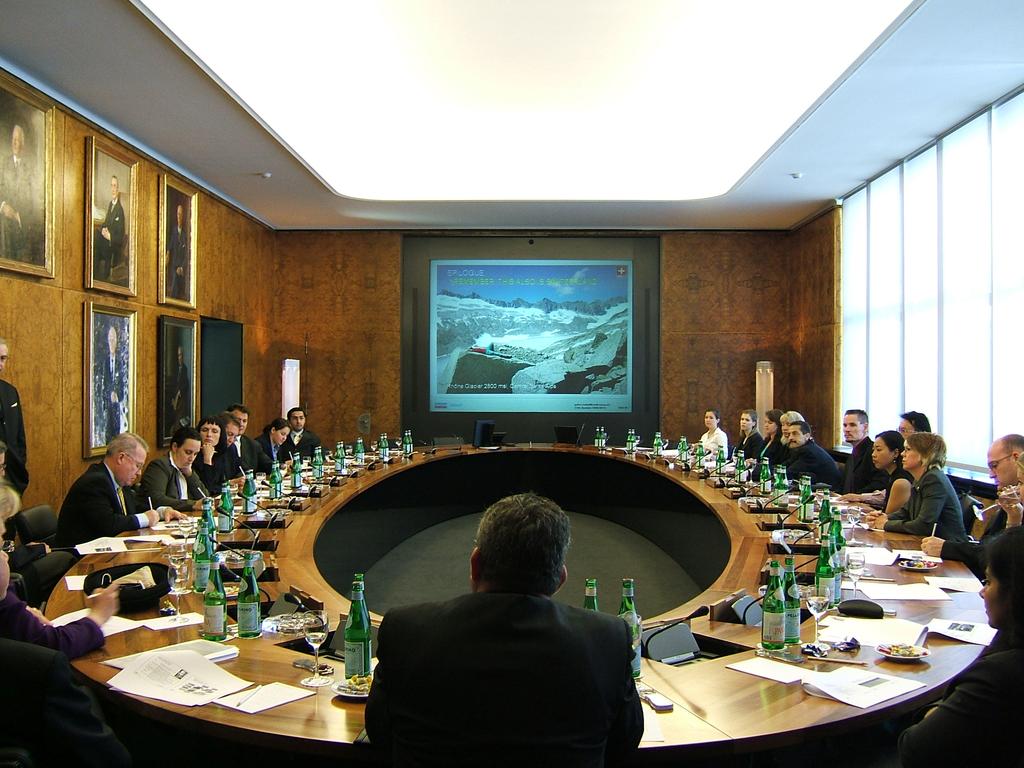The coronavirus pandemic has given us perspective on work
The office is not just a productivity space but a space for solving complex problems.

Offices are changing in response to COVID-19. But many of these shifts aren’t necessarily new, says Jennifer Magnolfi Astill, one of the leading researchers on the evolution of workspaces, and not all will stick. Magnolfi Astill, who largely focuses her work on tech offices that involve human-machine collaboration, has consulted on workspace with dozens of companies, from Google to PepsiCo to the BBC.
When it comes to how the pandemic will affect offices, it seems that people have gone through a whole cycle of feelings, First, there was adoption of remote work, then Zoom fatigue set in. What will stick?
From the workers’ perspective, this hasn’t been a linear transformation. It’s not just a change happening faster, it’s an emergency. This has to be called out. Thousands are literally working under duress. So, that being said, we ask what will stick and what’s important to take from this forced experiment. For work itself, the net out is that the sudden shift to remote work has gone better than expected by most accounts. These are early numbers in the life cycle of this pandemic, but data based on a recent survey of 50,000 workers suggests that 75 per cent are able to focus effectively on team and individual activities in the current context. On the flip side, people are working more hours a day, blurring the boundary between work time and personal time, a predictable outcome in an emergency but unsustainable in normal times.
Some effects of our work experience during the pandemic will remain. This event will mark a permanent change in our perception of workspace in terms of the four primary work modes of an office — focus, socialisation, collaboration and learning. Most of what’s been discussed, especially early on in the lockdown, is focus work. The collaboration aspect of work has been redefined and companies outside of tech are learning very quickly how to do that. But lately we are hearing more about the socialisation aspect of work.
You’ve talked in the past on the importance of socialisation on things like innovation and expanding networks.
Yes. It is harder to quantify than productivity output, but the pandemic has made the absence of socialisation extremely clear to most workers. Whether it’s those casual conversations, serendipitous encounters or drinks after work — these have real value to a company and impact its ability to innovate and solve problems. They also have real value to employee engagement and happiness. We know remote teams benefit from physical interaction by coming together at least once a year to solidify social bonds. We know that if people are more than 90 feet away, they are effectively not in the same space, so we can design a workspace to get those people to collide and interact more. We humans naturally absorb a great amount of information about our environment and each other, including non-verbal cues, when we are interacting in the physical world. This improves communication, trust and performance with team members and allows us to establish and cultivate richer working relationships, increasing the value of human work altogether. I continue to believe that the pandemic is distilling for us the value of workspace. It’s given us a meaningful perspective on what we do and what we value in an office.
That’s the big question, what is an office for?
There are two parts to this question. One has to do with somewhat objective aspects of the evolution of work. The other is based on organisational culture and core values. Once you answer these, how you design the workspace will likely change.
Businesses might increase productivity by making less of it happen in an office?
It’s possible. It depends on what drives productivity. Those who gathered qualitative and quantitative information during this time will be able to mine insights and model scenarios for how much and what type of work should happen in their workspaces and what would be better performed remotely. Specifically, large companies that occupy millions of square feet of space will want to optimise. Beyond cost considerations, many workers have now experienced new-found flexibility and autonomy in how they manage their work, something that’s usually only associated with start-ups. This aspect has been beneficial on the whole, so I believe it will represent a new baseline.
So the job an office does for workers is changing?
Exactly. It has been for some time. Think of a workspace as a bundle. An offering. Like a conference, or a travel experience, or your cable TV package. The offering includes many things. At a conference you get keynotes, breakout sessions, networking parties, and so on. A travel bundle includes tours, hotels and so forth. Cable TV includes channels. With bundles, we tend to purchase the entire thing but use only parts. And the parts we use tend to address specific needs, which change and evolve. So the office bundle includes, let’s call them “space applications” — individual focus work, meetings, working lunches, team collaboration, creative play space, operations support, etc.
The pandemic has made people look critically at their office like someone saying: “Why am I paying for TV channels I never watch?”
It has been like a magnifying glass. We are aware that this is a bundle, and that has made us question the need for some of what comes with it — like commuting, to cite an obvious one. We now know we can perform many work functions without an office, provided there’s a social contract that allows it. This is a point of no return. Even companies historically very sceptical of mobility, like banks, are surprised that they have performed at their own productivity standards given such a sudden and radical shift to a remote workforce. This moment has given many organisations the ability to sit back and think, “Which components of the workspace bundle will we want to come back and which ones can we do without?”. For example, individual focus work might not be a useful part of the office moving forward, because now that people are technically set up, they can perform better at home. At the same time, companies will still need physical workspaces for certain functions that require interaction in the real world.
We’re still too deep in the anomalous moment to know which applications will remain and which will evolve away from the office. However, the key is that our sense of what’s possible has changed. This experience has given us significant new insights about things we value when it comes to our work and our time. This suggests to me that new ways of working together will emerge, at first in the form of innovation in digital work tools, and later in innovation in physical space. In tech workspaces, my research indicates that spaces designed for complex problem-solving and for specialised-learning functions are applications that will be amplified in the future office while others will be diminished. The mix will depend on company culture and needs.
Companies may want to start altering their workspace, but there’s a problem — they’re in leases. The time frame of real estate is different.
True, but as we said earlier, the pandemic has marked a point of no return. The real work of envisioning our future workspaces starts from acknowledging that “workspace” is no longer just the physical office building but also the digital/virtual space where work happens. This means that future workspace offerings will come with some physical-space applications and some digital-space ones. In corporate real estate, we’ll start to see the implications in 12 to 18 months. In the end, numbers don’t lie. In the long term, it simply won’t be feasible to have the sunk costs of large offices operating at 10 per cent to 30 per cent capacity. There’s money to be saved and space to be transformed.





To join the conversation, please log in. Don't have an account? Register
Join the conversation, you are commenting as Logout